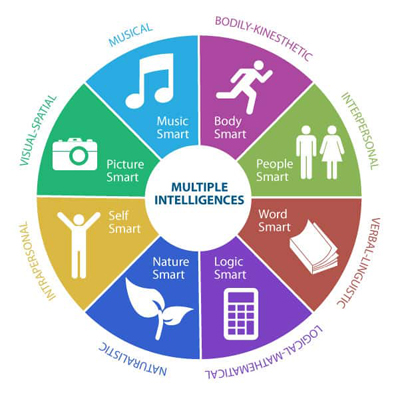Academics Overview
Maryel School complies with all mandates from the New York State Department of Education to offer a program of academic excellence for grades Pre-Kindergarten (3 and 4 year olds) through 5th Grade. In addition, we provide a high quality bilingual education for a second language acquisition following the rigorous educational system of one of the most prestigious academic models in Europe. (Spain), which includes formal instruction in Spanish, international awareness, advanced technology in the classroom and cultural events.
With a student teacher ratio of 6:1, teaching is relevant and flexible, enabling students to remain motivated and achieve their full potential. This ratio allows our teachers to give the individual attention that each student and family deserve.
Strong and constant communication between parents and school, and many opportunities for parents to be involved in their children education make Maryel a strong community where parents, students and educators work together for the students’ success and growth.
Maryel’s Educational Philosophy: Multiple Intelligences
What is the theory of multiple intelligences?
The theory of multiple intelligences (MI) was first advanced by Dr, Howard Gardner, Hobbs Professor of Cognition and Education at the Harvard Graduate School of Education and adjunct professor of psychology at Harvard University, in his 1983 book Frames of mind.
Challenging the traditional concept intelligence, the theory of multiple intelligences suggests that each individual has eight different types of intelligences. These intelligences combine to form any individual’s specific cognitive potential.






